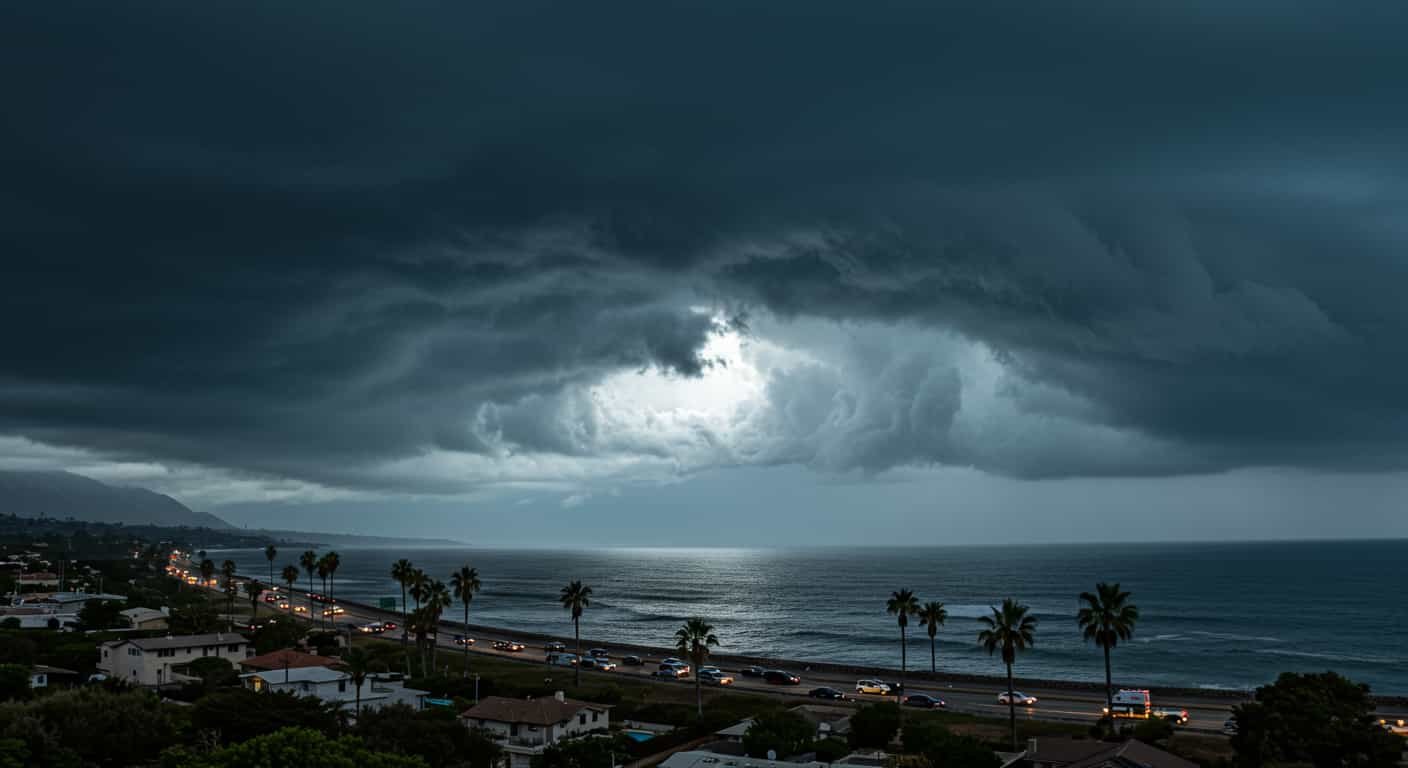
Newsletter Subscribe
Enter your email address below and subscribe to our newsletter

Enter your email address below and subscribe to our newsletter

Hurricanes have shaped history, leaving behind devastation—but also crucial lessons. By studying past disasters, we can better protect ourselves, our families, and our communities from future storms. The key lies in preparation, timely action, and understanding the true risks hurricanes pose.
The deadliest hurricanes in history—like the 1900 Galveston Hurricane, Hurricane Katrina (2005), and Hurricane Maria (2017)—were more than just natural disasters. They were wake-up calls that exposed vulnerabilities in infrastructure, emergency response, and public awareness. While modern forecasting has improved, climate change is making hurricanes more intense and unpredictable. That’s why learning from the past is essential for future survival.
Hurricane Katrina taught a brutal lesson: hesitation costs lives. Thousands who delayed evacuation found themselves trapped by rising floodwaters, collapsed roads, and overwhelmed emergency services. Even if a storm appears weak at first, rapid intensification can turn it deadly within hours. Authorities issue evacuation orders for a reason—ignoring them puts lives at risk.
The 1900 Galveston Hurricane remains America’s deadliest natural disaster, killing over 6,000 people—mostly due to storm surge. Many assumed they were safe because they were not in the direct path of the wind, but water proved far deadlier. Today, experts warn that even a Category 1 hurricane can produce catastrophic surges, especially in low-lying coastal areas. Always know your flood zone and have an escape plan.
Hurricane Maria devastated Puerto Rico in 2017, knocking out power for months and crippling supply chains. Many survivors struggled without access to food, clean water, and medical care. Modern conveniences can disappear overnight, so stock at least two weeks of essentials—including medications, batteries, and non-perishable food. Consider backup power solutions like solar chargers or generators.
Hurricane Andrew (1992) flattened entire neighborhoods in Florida, exposing weak building codes and poor construction practices. Homes that met stricter standards survived, while others were reduced to rubble. If you live in a hurricane-prone area, reinforce your roof, install impact-resistant windows, and secure loose outdoor items. Small investments in structural resilience can prevent catastrophic losses.
During Superstorm Sandy (2012), cell networks failed, leaving families unable to check on loved ones. Many learned the hard way that phone lines often go down when they’re needed most. Establish a family communication plan with an out-of-state contact and alternate meeting points. Text messages use less bandwidth than calls and are more likely to go through in emergencies.
Hurricanes are not just “bad weather”—they are complex, life-threatening events that demand serious preparation. History’s worst storms have shown us that underestimating them leads to tragedy. By taking proactive steps—evacuating early, securing homes, preparing for long-term outages, and planning communications—we can drastically reduce risks.
The next major hurricane isn’t a matter of if but when. Will you be ready?